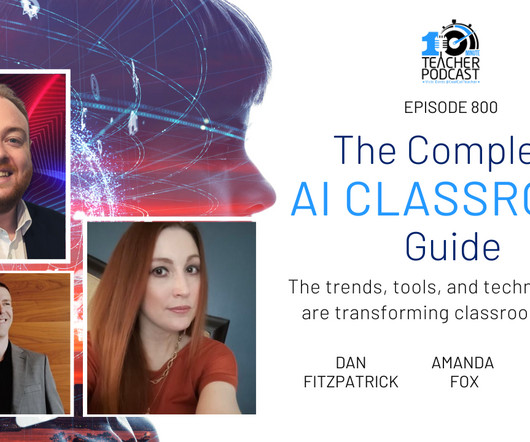7 Shifts to Closing the Digital Divide
EdTechTeam
NOVEMBER 22, 2017
How can we close this digital divide? According to the US Department of Education , there are seven ways to help close the digital divide. They consume social media platforms like Instagram and Snapchat. By connecting through social media your educators and students can see how the work they do matters.















Let's personalize your content